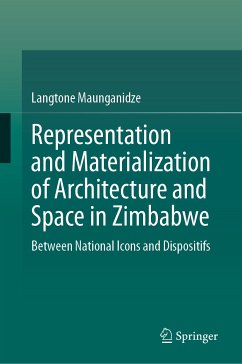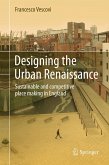This volume is an empirical study examining the extent to which historic and iconic architecture and spaces in Zimbabwe - particularly in urban areas - have been mobilized to construct and reconstruct identities. The author explores the question of traditional and political architecture through analysis of a variety of structures, including monuments, museums, and indigenous and state buildings. Special attention is paid to the soapstone-carved Zimbabwe Bird, which for years has served as the national emblem. Overall, this book argues that while the production and use of architectural products and spaces have been regarded symbols of collective identity, they have also served as expressions of power and control.
Dieser Download kann aus rechtlichen Gründen nur mit Rechnungsadresse in A, B, BG, CY, CZ, D, DK, EW, E, FIN, F, GR, HR, H, IRL, I, LT, L, LR, M, NL, PL, P, R, S, SLO, SK ausgeliefert werden.









